For many years, experts have been examining shifting climatic conditions and predicting the effects of those conditions. One of the main concerns of the changing climate is food production, which can be drastically influenced by extreme weather and climate change. Read More…
Russells Technical Products has been designing and manufacturing environmental test chambers since 1972. With over 150 years of combined management experience, our company provides its customers with quality environmental test systems and advanced manufacturing techniques. Russells offers a variety of standard and custom designed chambers to meet your exact specifications.

We are leading environmental test chamber brand with over 78 years of experience designing environmental testing solutions. Over the years we have developed products for ease-of-use, reliability and performance designed to meet our customer’s testing needs and improve the safety and reliability of their products. We have a legacy of providing high quality solutions for temperature, humidity,...
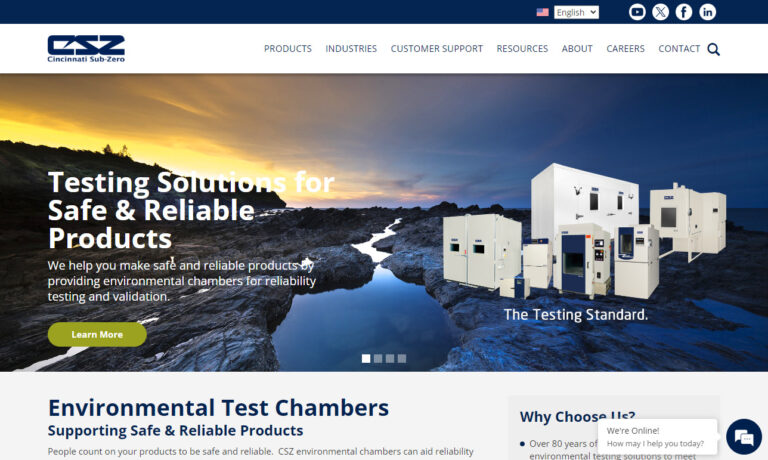
A pioneer since 1962, Thermotron has been building the most recognizable environmental test equipment in the industry. Every chamber and shaker sold is handcrafted in West Michigan and comes with an intuitive controller. From automotive and defense, to electronics and medical industries, Thermotron has helped companies small and large create more reliable products. When you need to know whether...
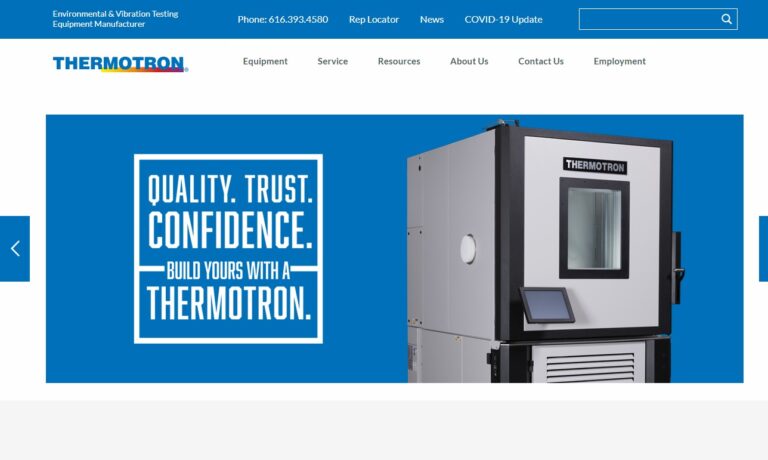
As a leader in the test chamber industry we believe our systems are ideal for your company. We manufacture models that come standard with many useful features for testing applications. We believe that our advanced technologies are essential to the reliability of our products and our quality customer service is perfect for your needs. Feel free to visit our website or give us a call to learn more!

Hastest Solutions designs, manufactures and provides solutions for all environmental testing needs. For the full range of environmental test chambers, including HAST, temp/humidity, salt fog, solar radiation, high temp ovens, autoclave, and more.

Isotech specializes in state-of-the-art environmental test chambers. With our standard and custom test chambers we strive to offer our clients products that are specifically designed to fit their needs. Isotech offers technical specifications like copper screen enclosures, RF signals, and USC-26 and USC-44 series panels.

More Growth Chamber Manufacturers
Regardless of all of the data and information, it has not been possible to successfully make adjustments in agricultural methods to prepare for future conditions. A significant breakthrough in scientific research to adjust to climatic changes was made in the late 50s and early 60s with the development of the growth chamber.
Growth chambers are isolated and controlled laboratory chambers that are capable of creating any form of climatic conditions. They were first developed to deal with a food shortage in the middle of the 20th Century when the world was running out of wheat. From that time, they have developed into a predictive method for creating the worst and best conditions for food production.
Researchers have discovered that certain plants survive better in one part of the world but fail in other parts of the world. Prior to the development of growth chambers, the only way to create environmental conditions was to travel to that part of the world or attempt to create similar conditions in a hot house or nursery.
Though those two methods provided some type of control, they were still susceptible to factors outside the experimenter’s control. Slight changes in moisture, light, or temperature would lead to the failure of an experiment and wasted time.
Growth chambers provide researchers with the ability to create any conditions of anywhere in the world in a laboratory. Light, humidity, and temperature can be easily controlled and adjusted to match any environment.
In the past, when a region was struck by drought, there would be food shortages, famine, and loss of life. Scientists were unable to predict what needed to be done to adjust methods of farming and plants to meet the disastrous conditions.
Growth chambers are designed to create stressful and hazardous conditions that will have a strong influence on food production. They can design and engineer plants that will be capable of meeting the new circumstances and provide successful farming methods.
Geneticists are constantly looking for new strains of plants that have a shorter growing cycle and produce more food. Growth chambers provide them with conditions where they can safely create hybrid plants that are uninfluenced by real world conditions. In a single chamber, they can experiment with multiple varieties of plants to see how they interact or how they will survive under hostile conditions.
A key factor, for all scientists, is to be able to predict the future and prepare for it. Using the accumulated data from the last decades, scientists can use growth chambers to create what they believe will be future conditions and design plants to meet those conditions.


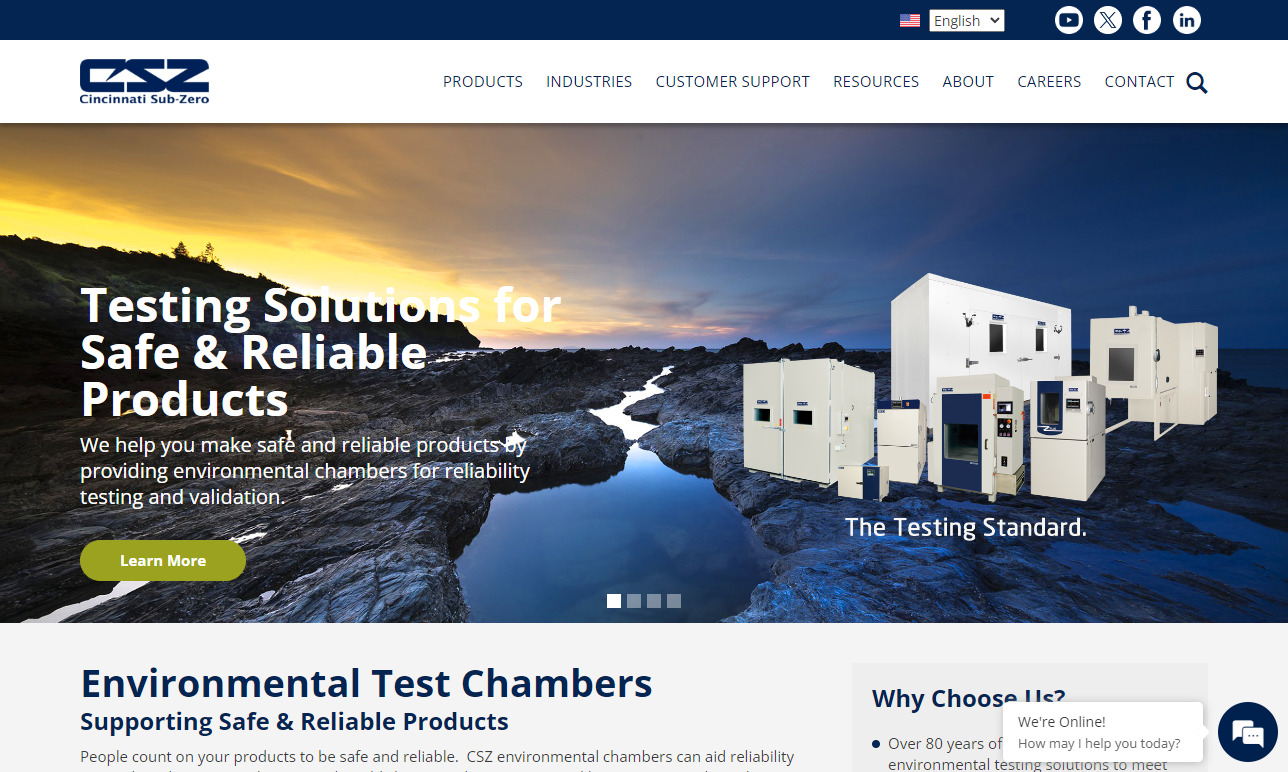
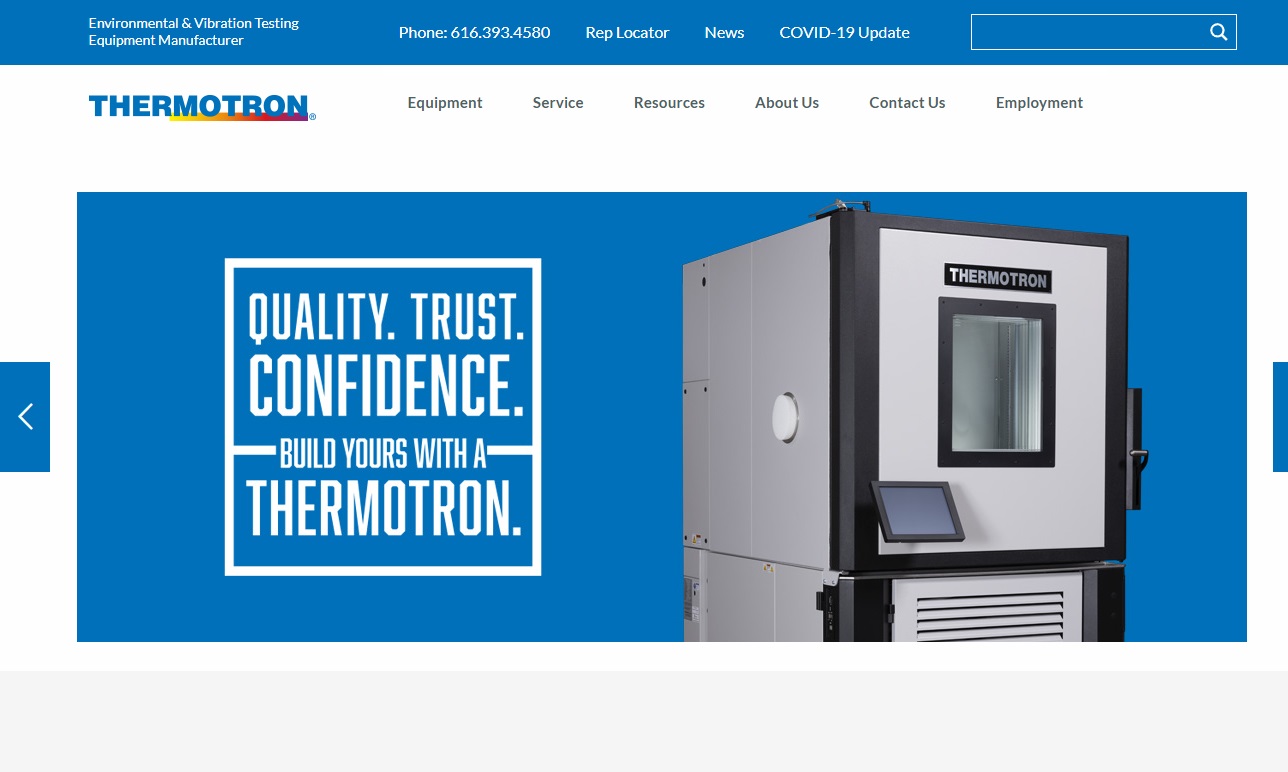



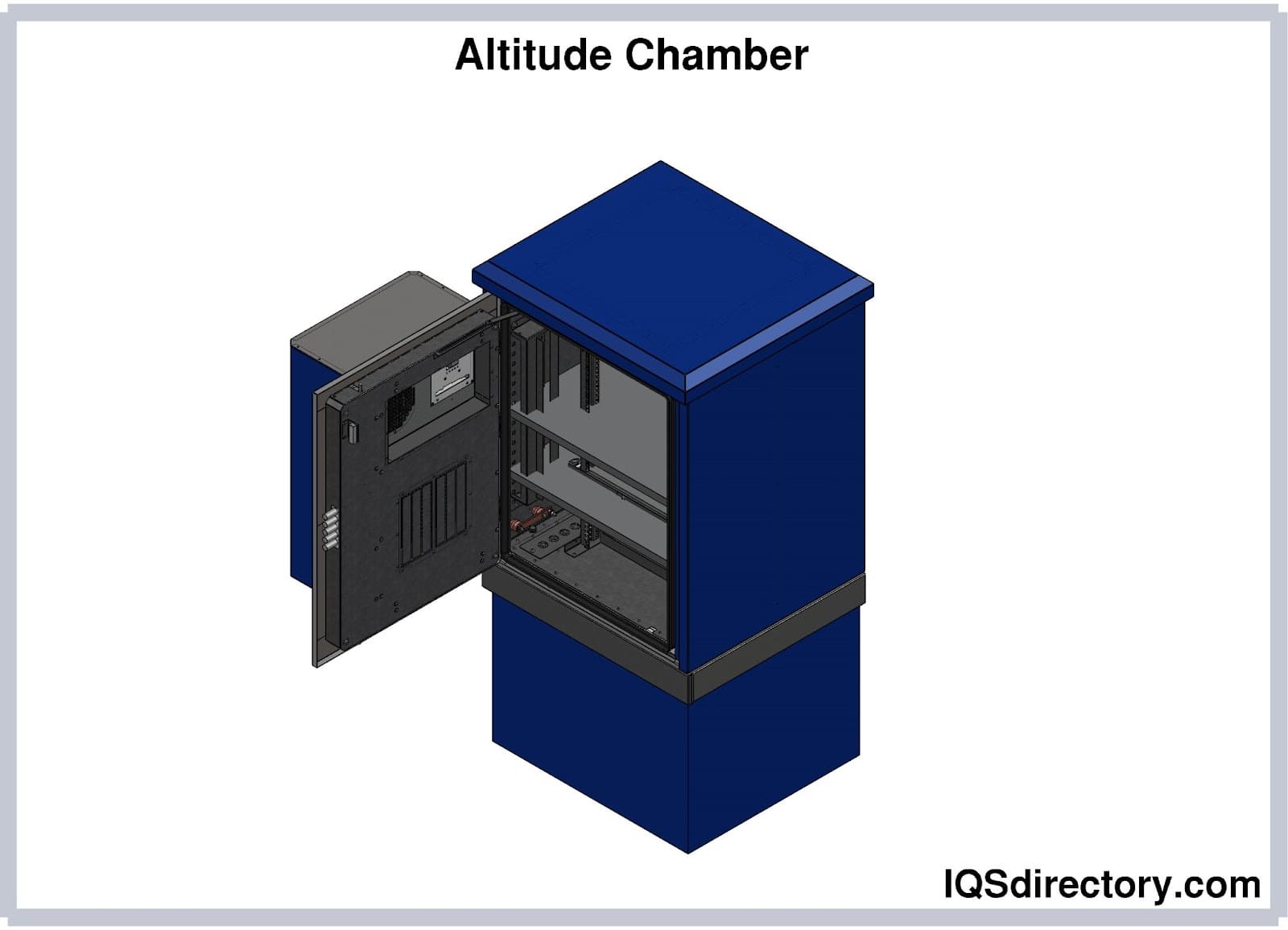
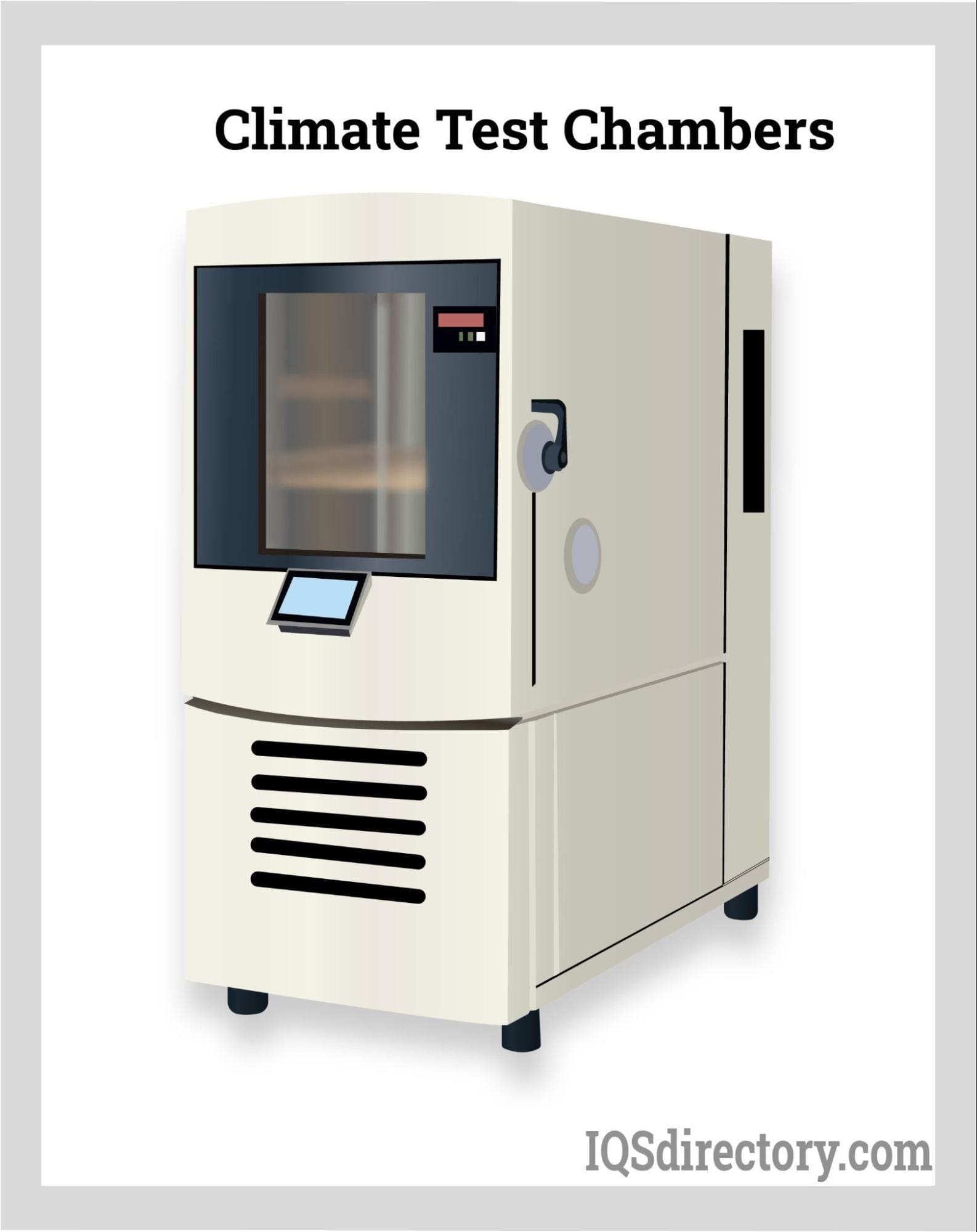
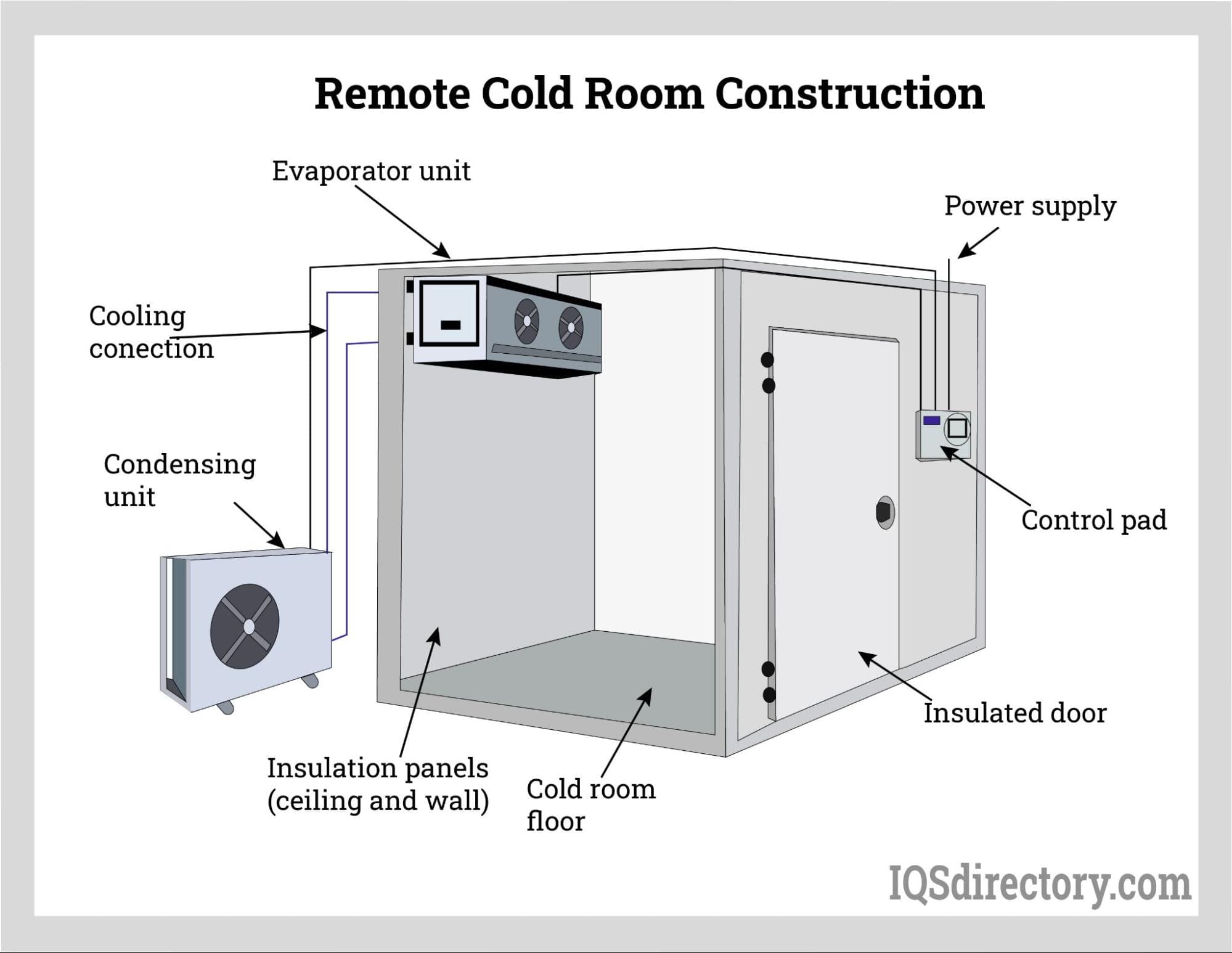


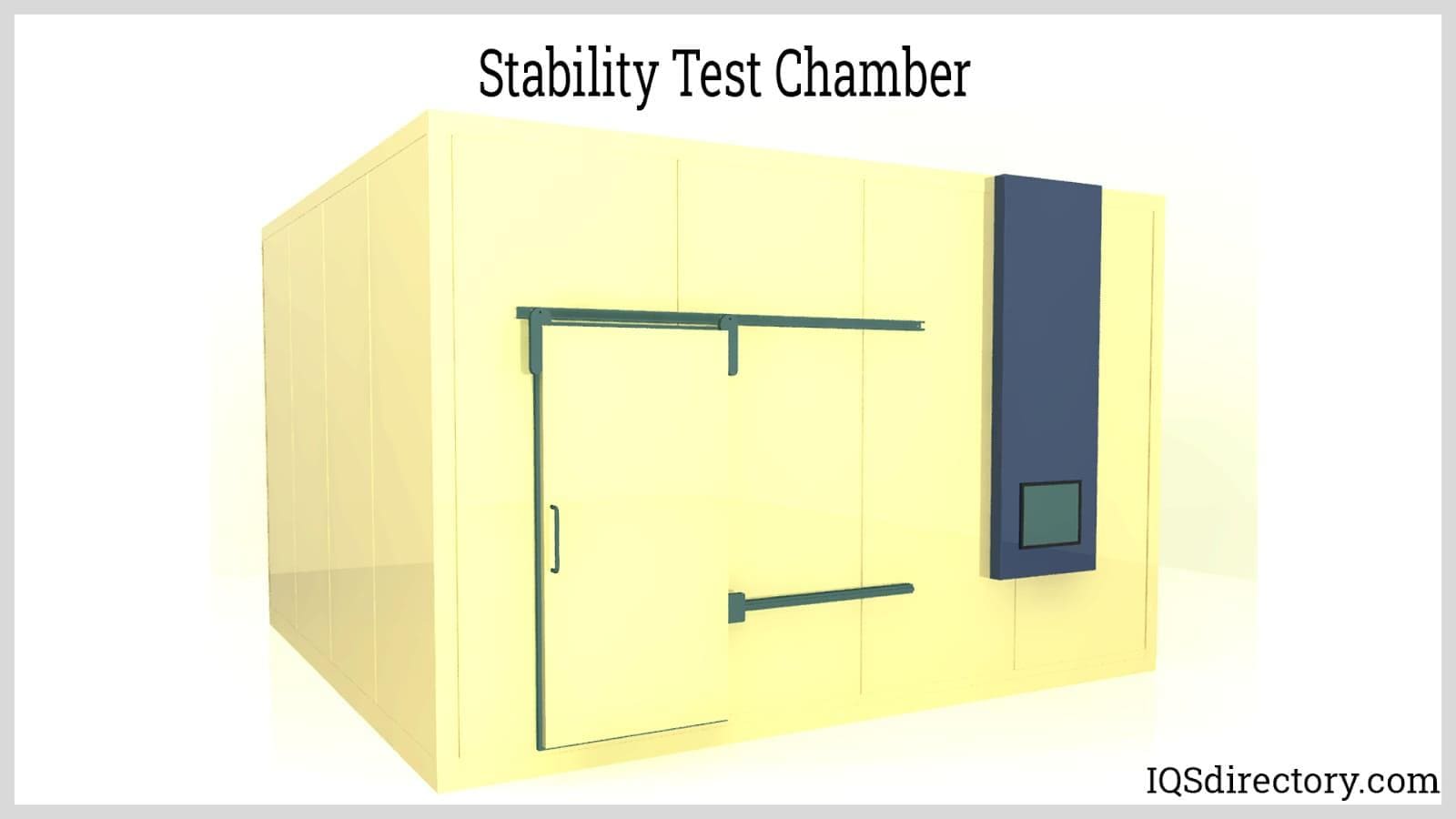
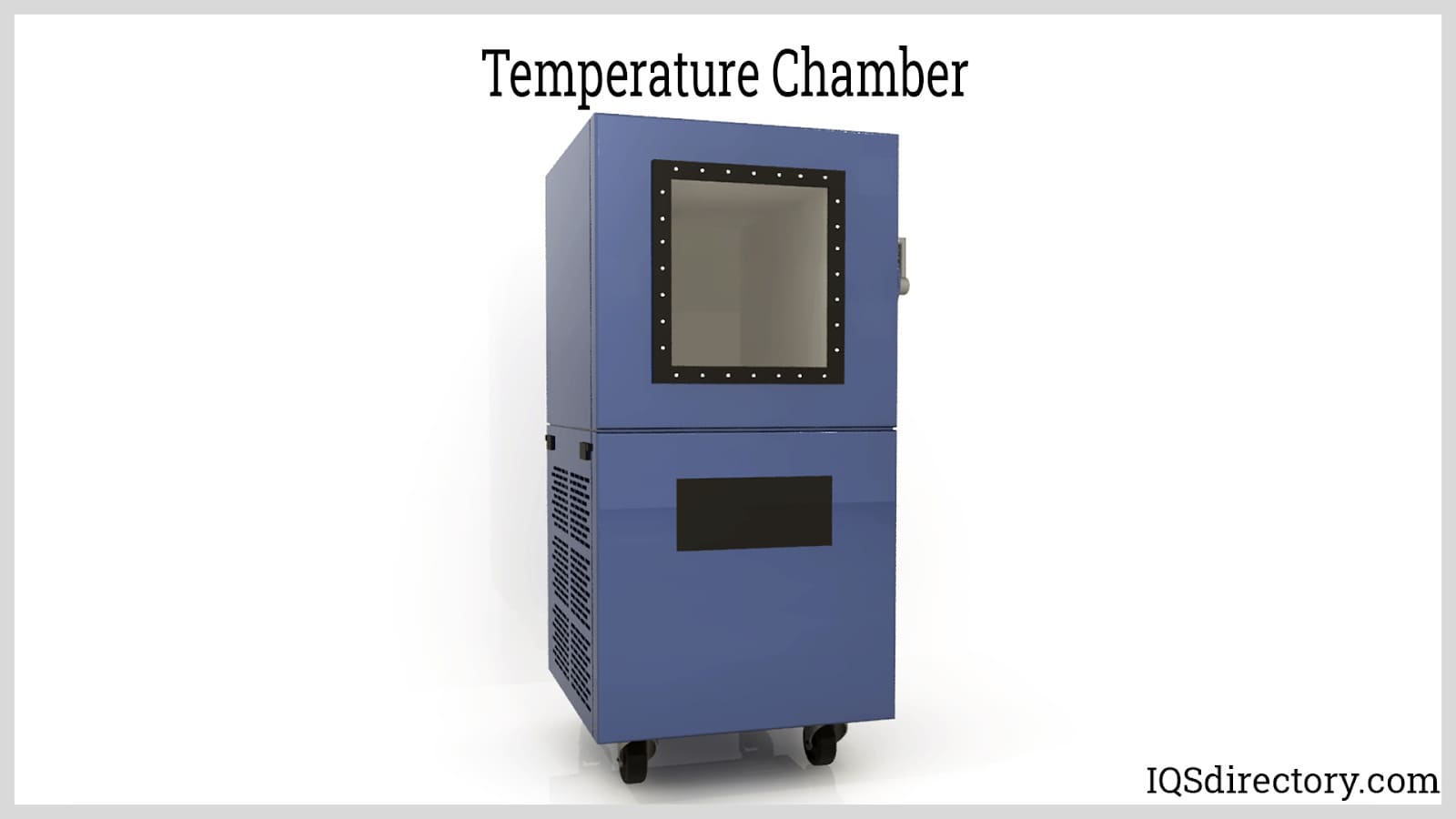
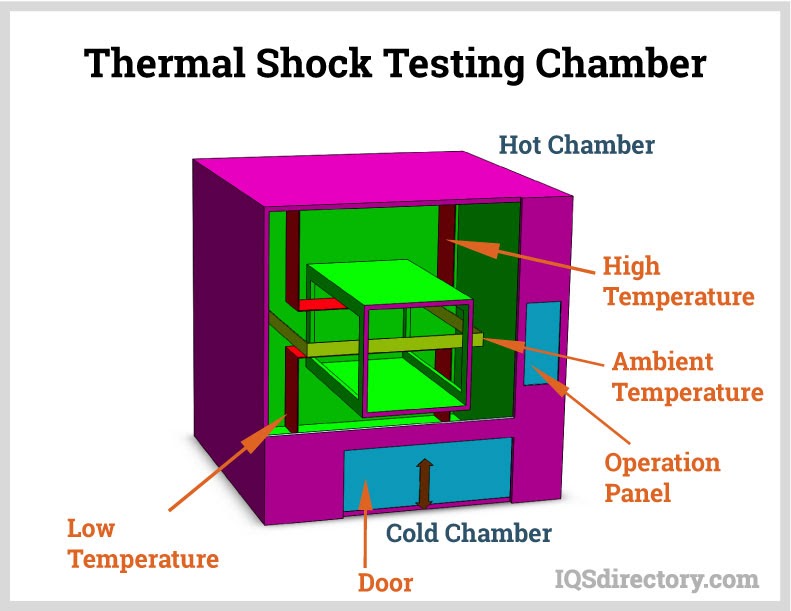
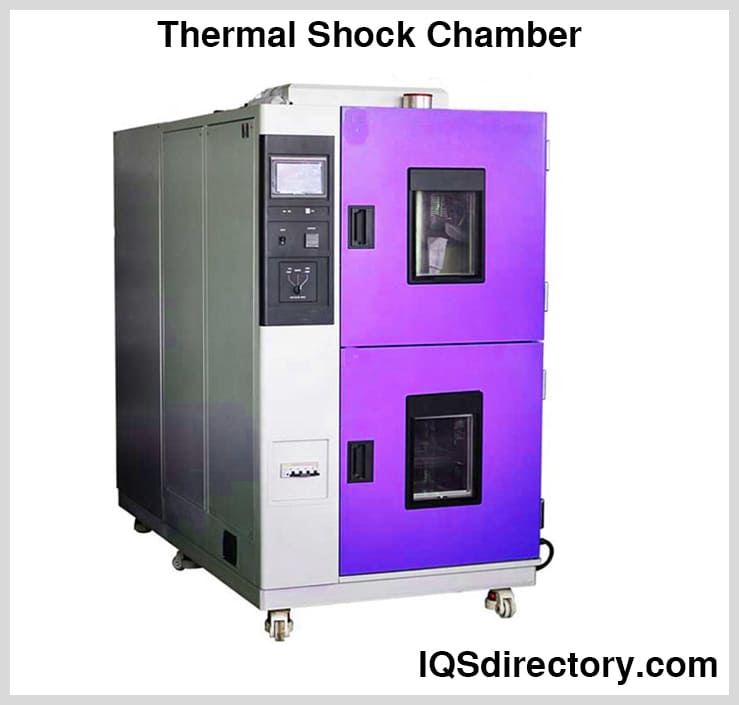

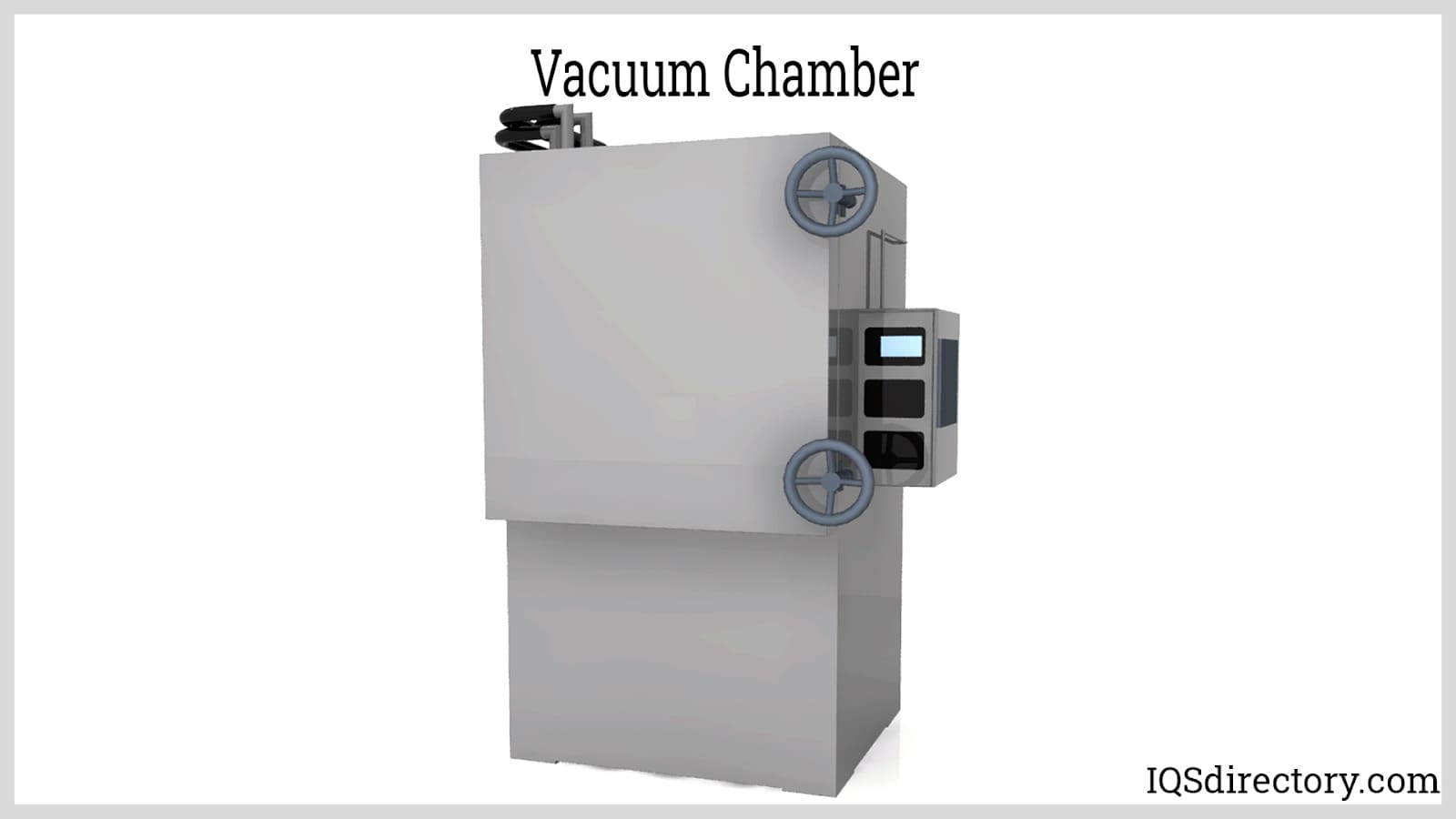
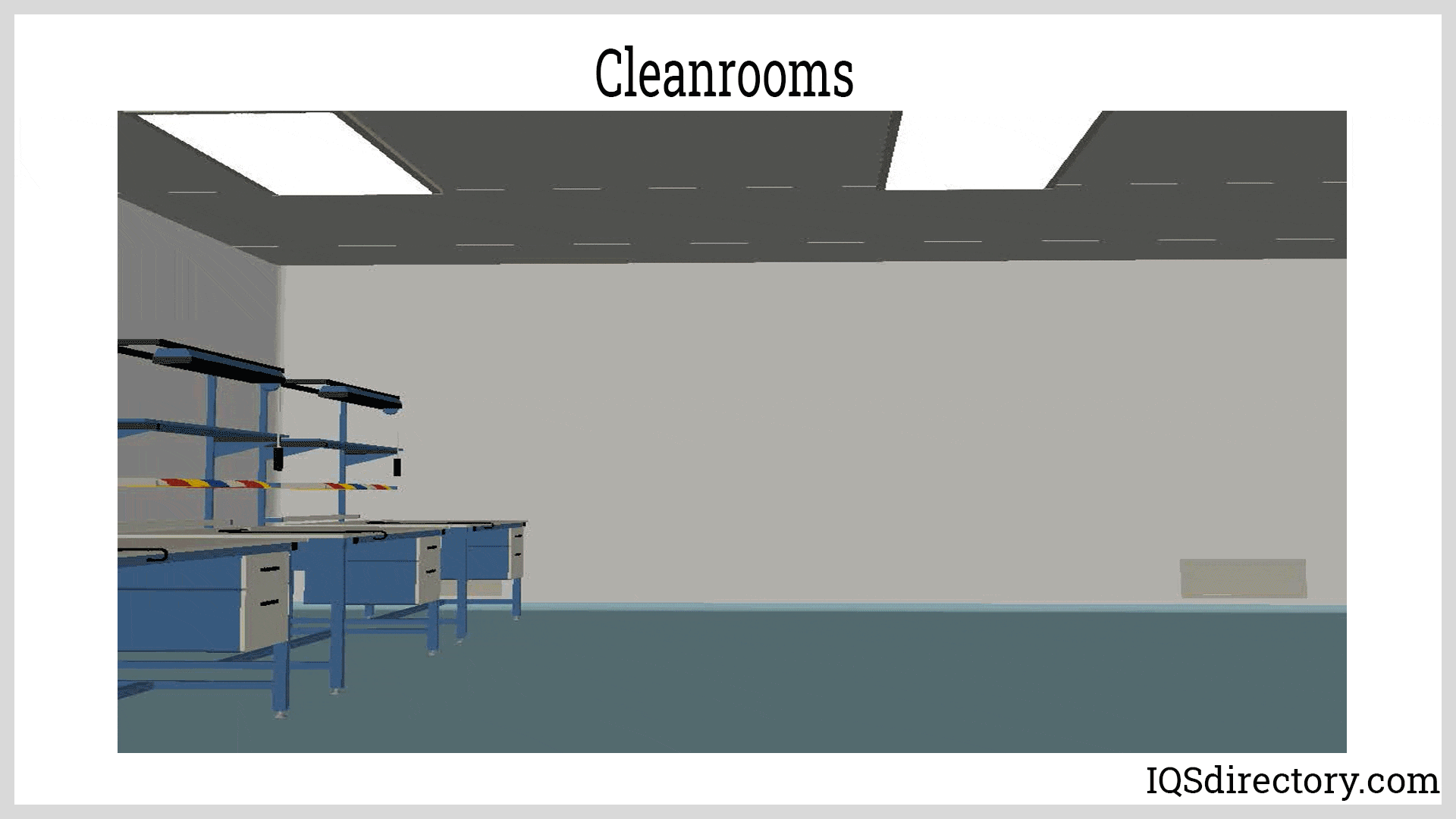


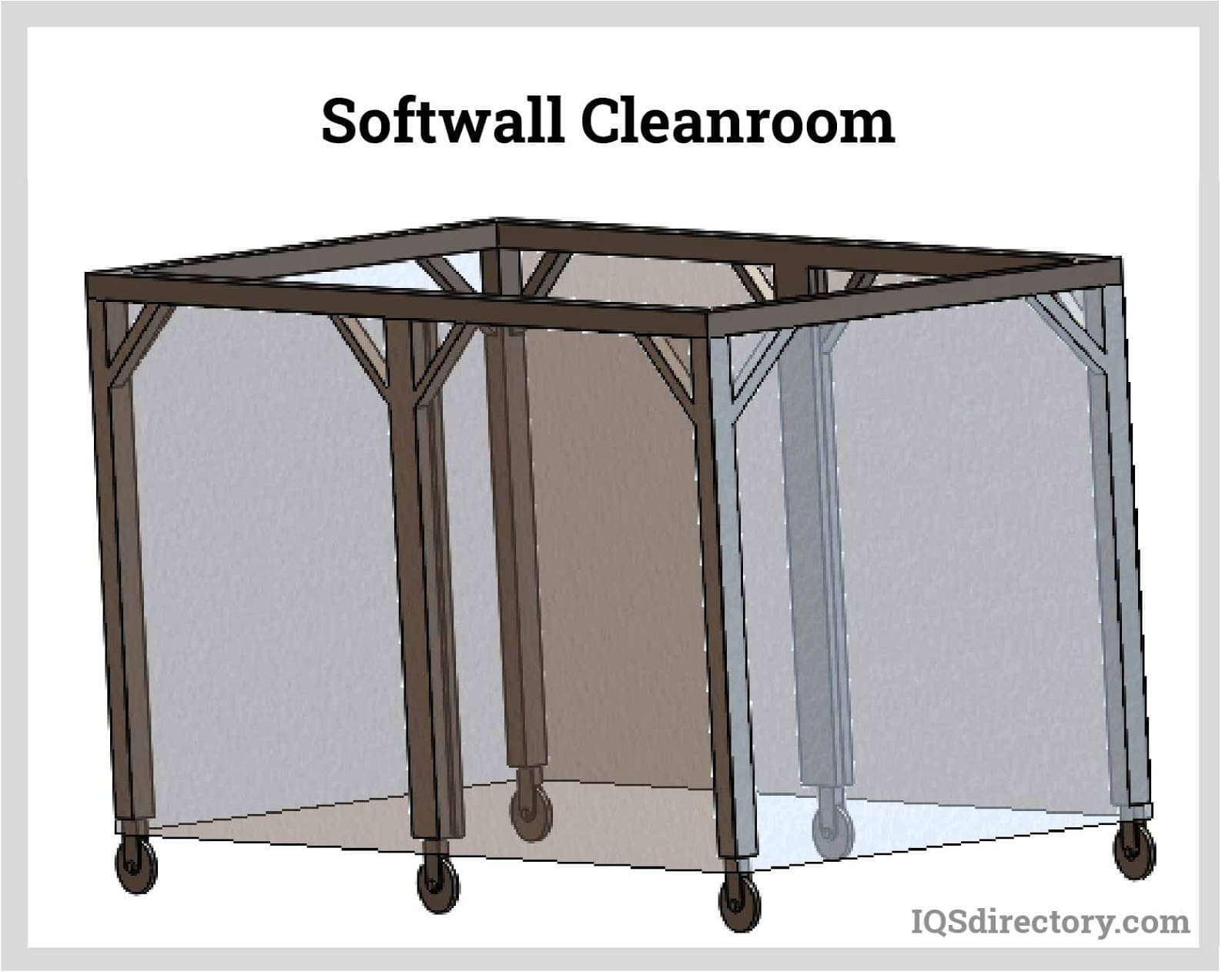
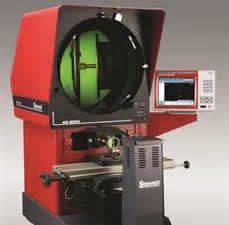 Calibration Services
Calibration Services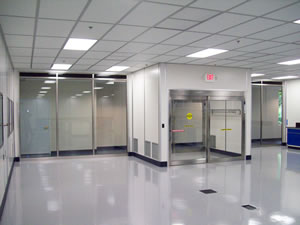 Clean Rooms
Clean Rooms Data Acquisition Systems
Data Acquisition Systems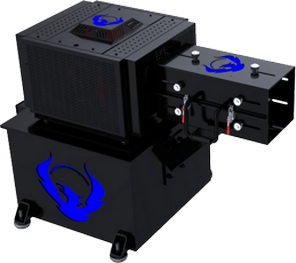 Dynamometers
Dynamometers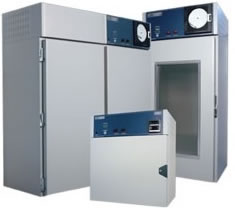 Environmental Test Chamber
Environmental Test Chamber Leak Detectors
Leak Detectors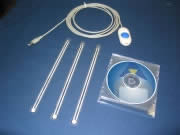 Load Cells
Load Cells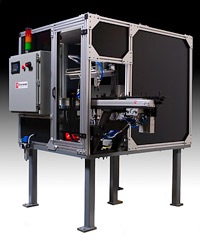 Machine Vision Systems
Machine Vision Systems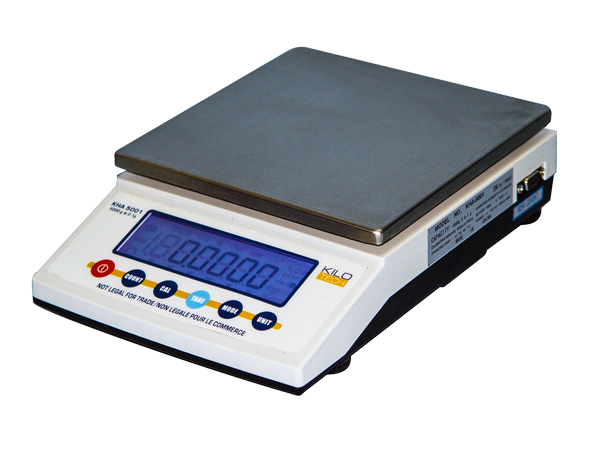 Scales
Scales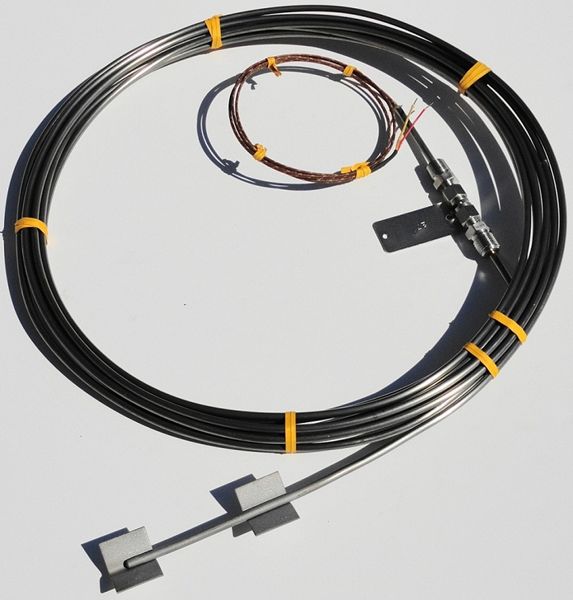 Thermocouples
Thermocouples Castings & Forgings
Castings & Forgings Bulk Material Handling
Bulk Material Handling Electrical & Electronic Components
Electrical & Electronic Components Flow Instrumentation
Flow Instrumentation Hardware
Hardware Material Handling Equipment
Material Handling Equipment Metal Cutting Services
Metal Cutting Services Metal Forming Services
Metal Forming Services Metal Suppliers
Metal Suppliers Motion Control Products
Motion Control Products Plant & Facility Equipment
Plant & Facility Equipment Plant & Facility Supplies
Plant & Facility Supplies Plastic Molding Processes
Plastic Molding Processes Pumps & Valves
Pumps & Valves Recycling Equipment
Recycling Equipment Rubber Products & Services
Rubber Products & Services